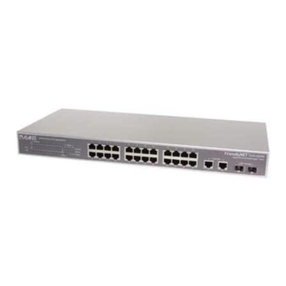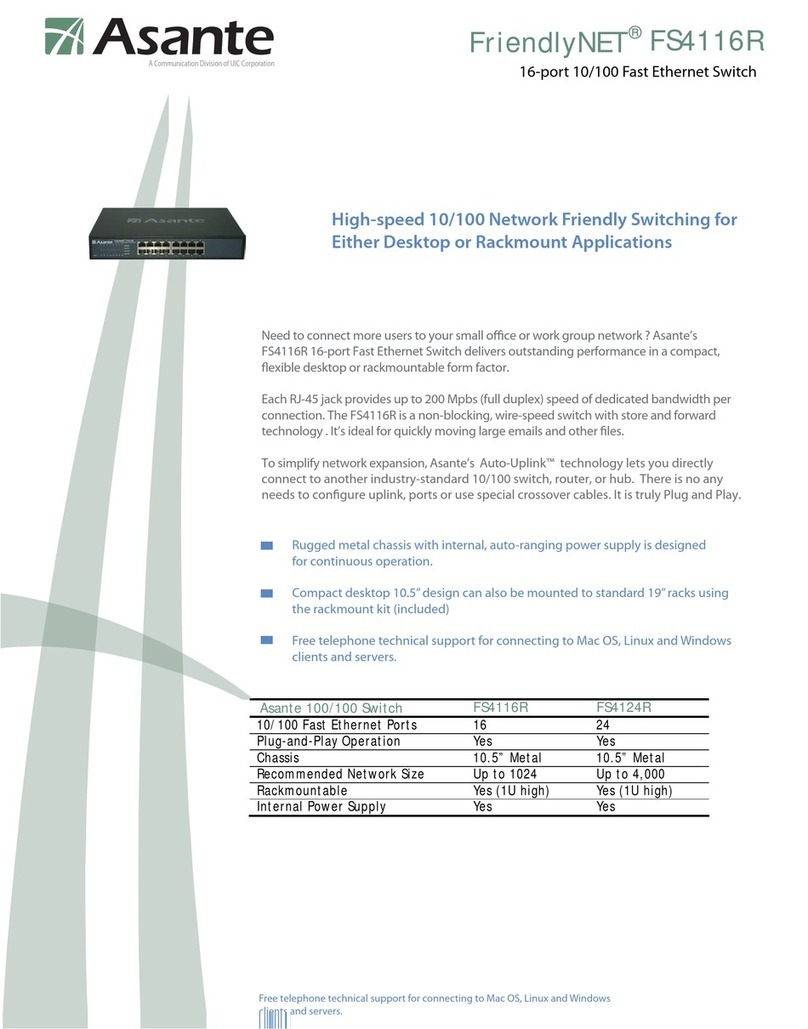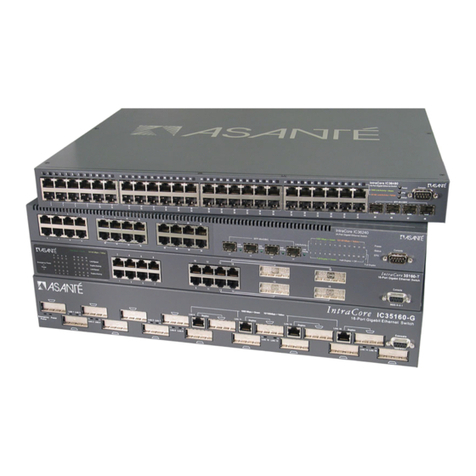Asante FriendlyNET GX5-424W User manual
Other Asante Network Router manuals
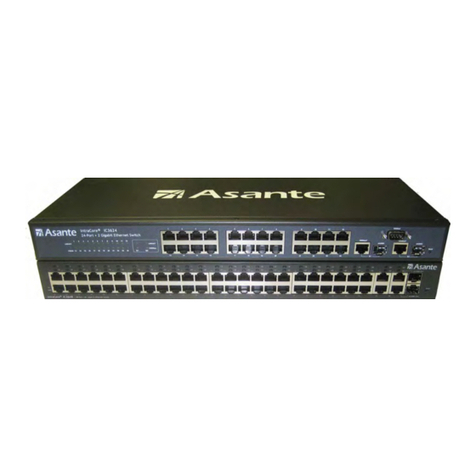
Asante
Asante IntraCore 3624/48 User's User manual
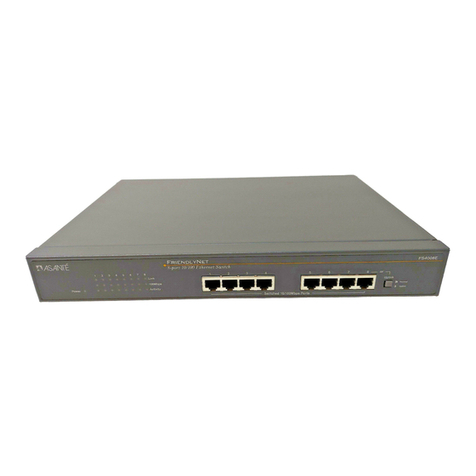
Asante
Asante FS4002E/FS4004E User manual
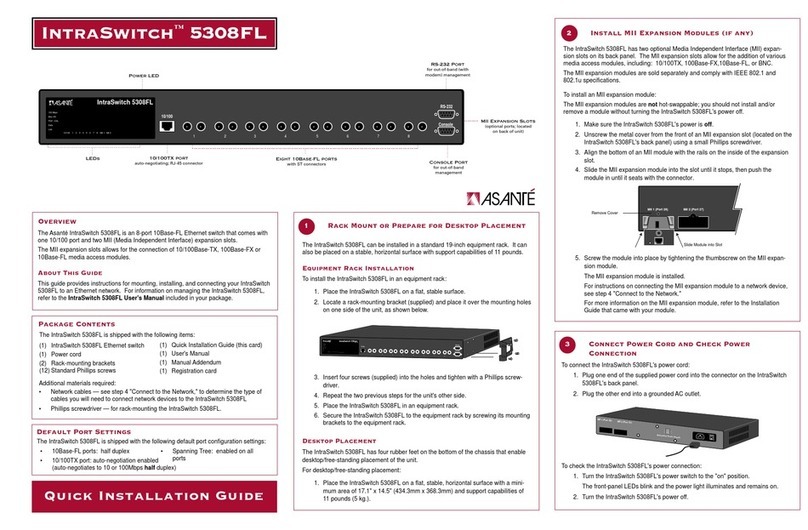
Asante
Asante IntraSwitch 5308FL User manual
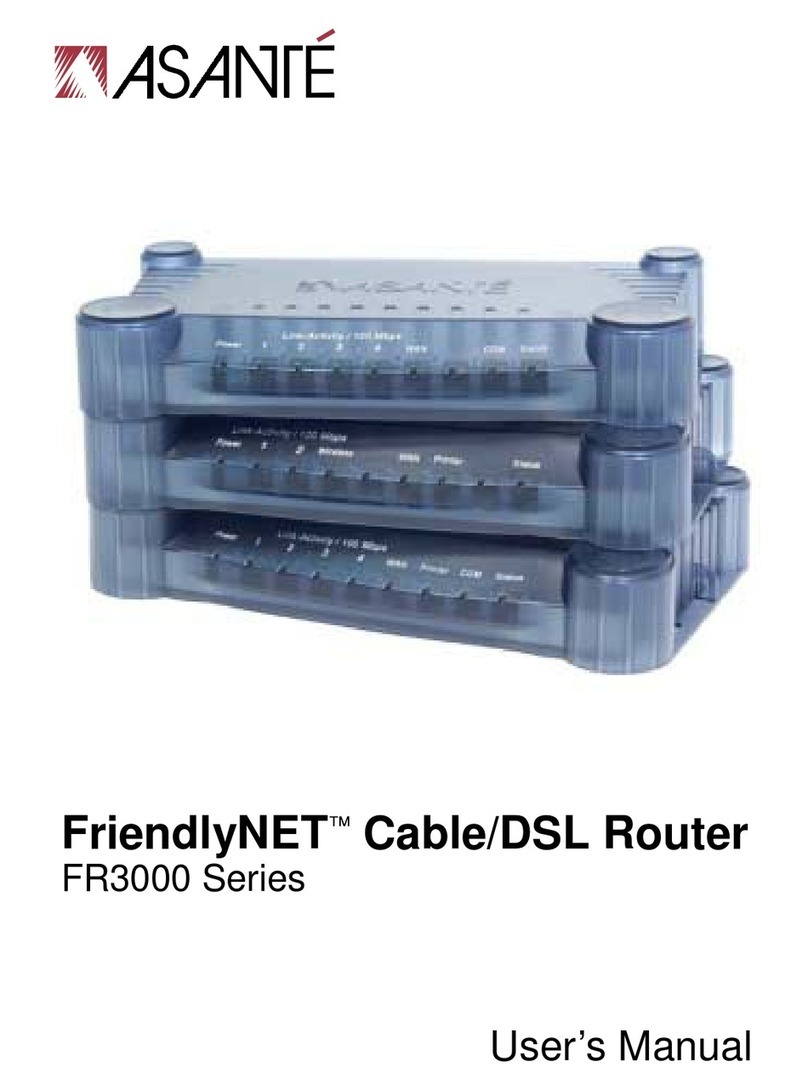
Asante
Asante FriendlyNET FR3000 Series User manual
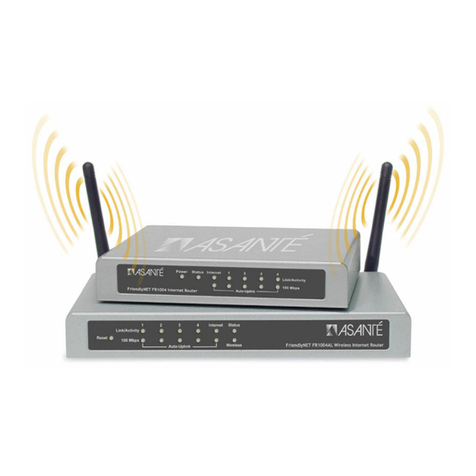
Asante
Asante FriendlyNET FR1000 User manual
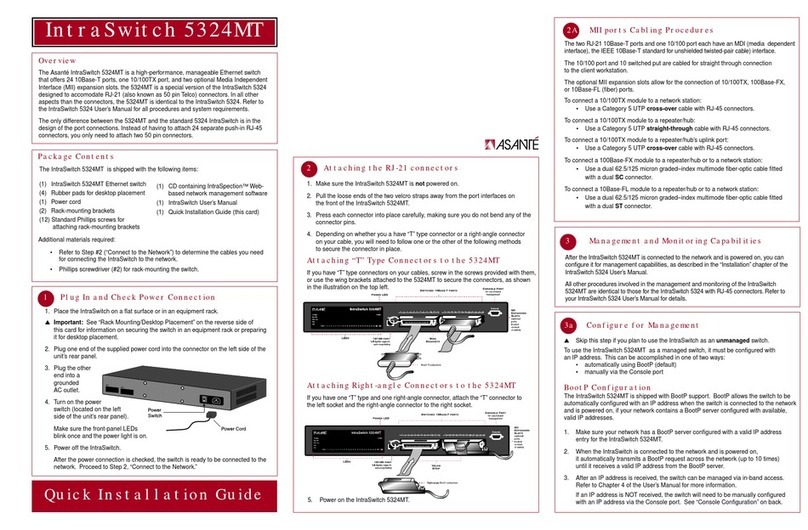
Asante
Asante IntraSwitch 5324MT User manual
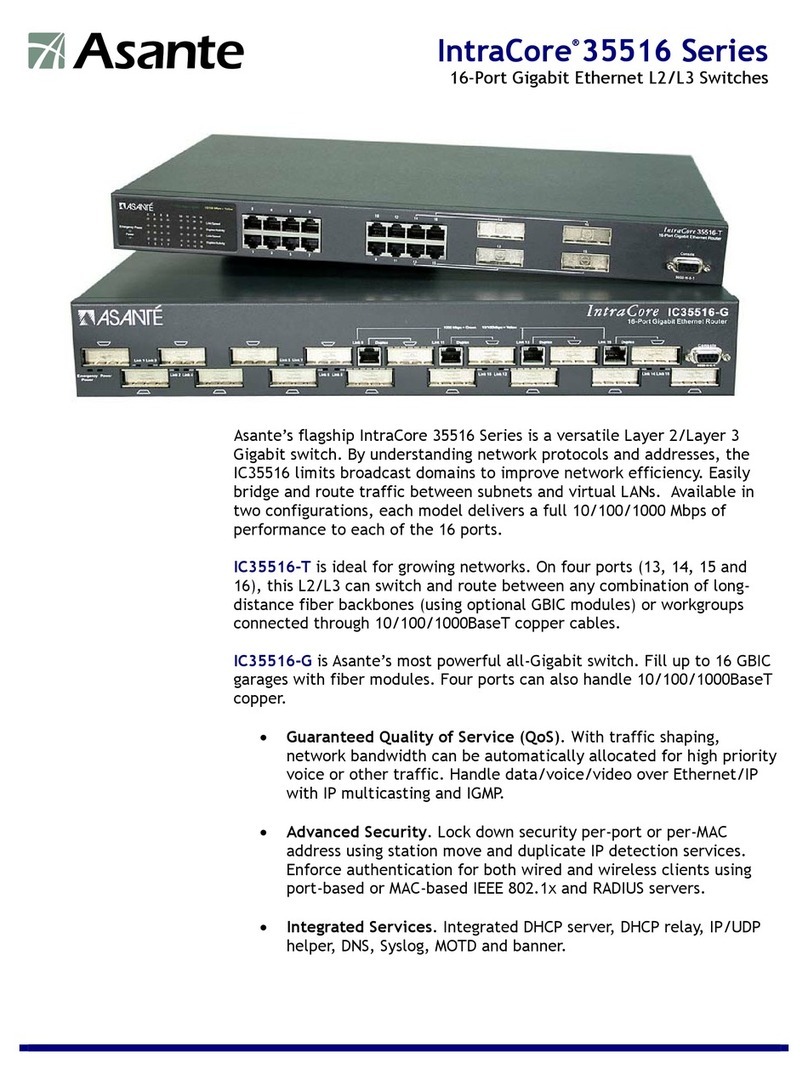
Asante
Asante IntraCore 35516 Series User manual
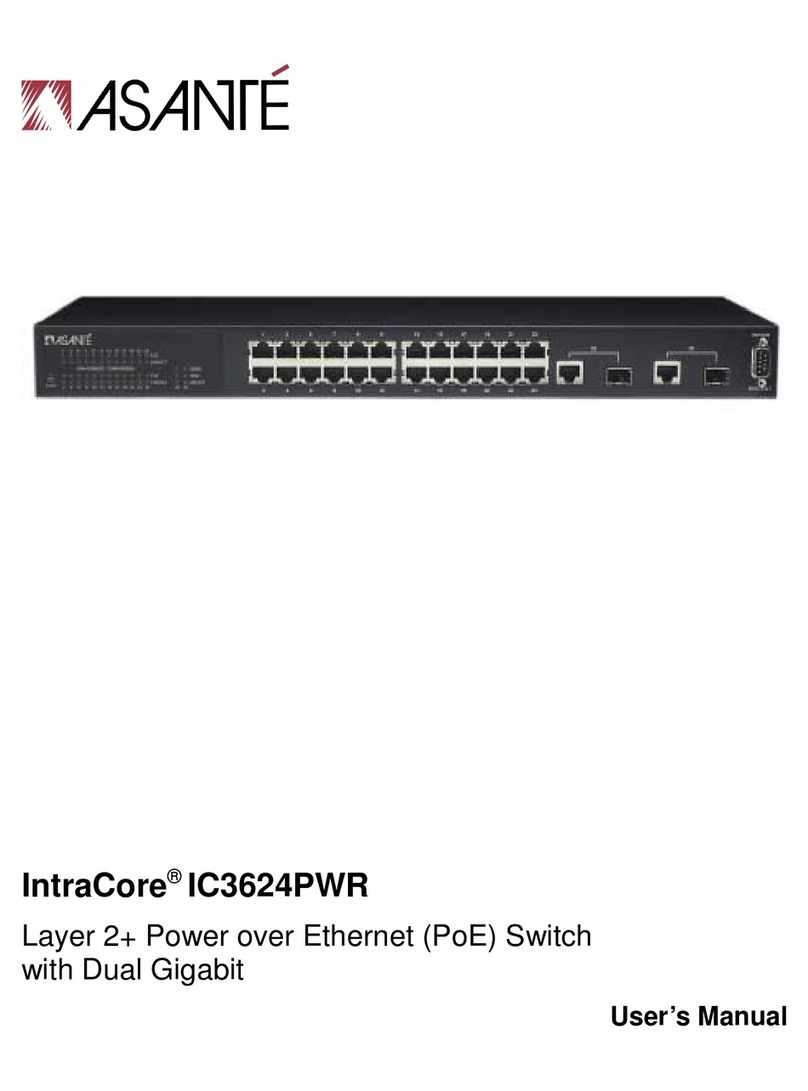
Asante
Asante IntraCore IC3624PWR User manual
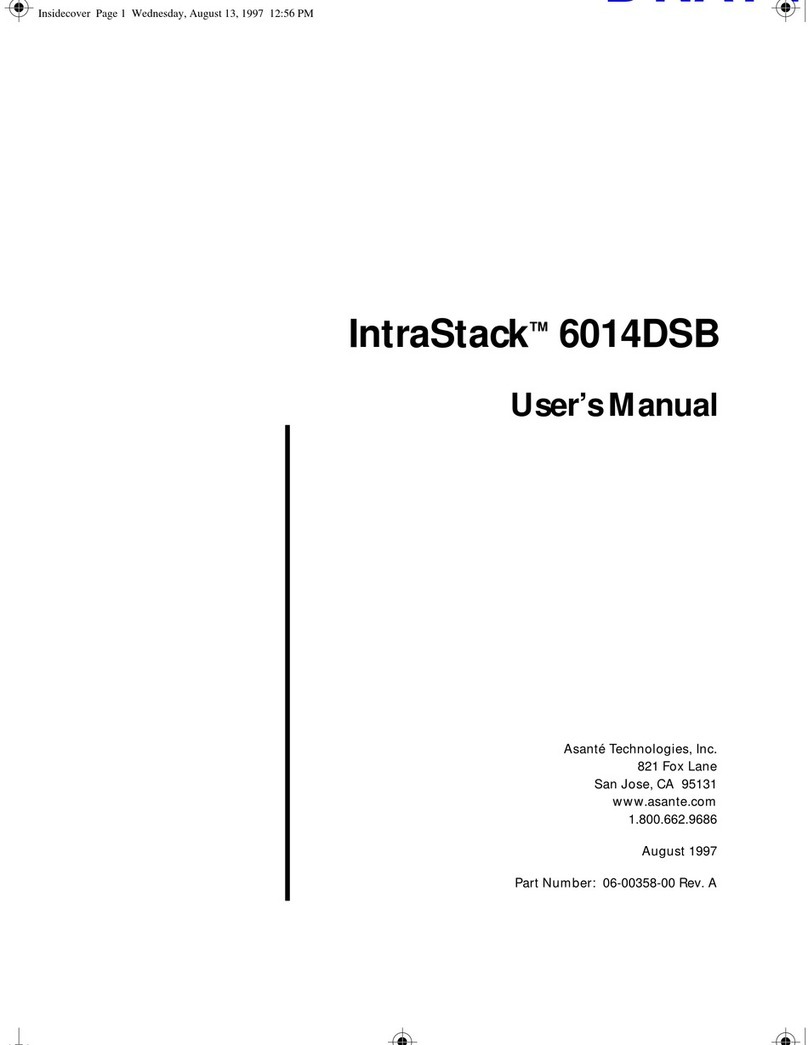
Asante
Asante IntraStack 6014DSB User manual

Asante
Asante IntraCore 36000 Series User manual
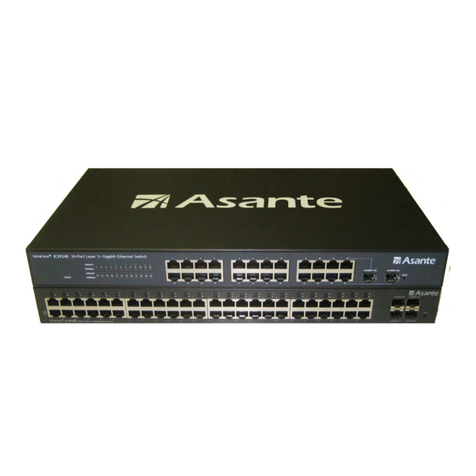
Asante
Asante IntraCore 39240/480 User's User manual

Asante
Asante FriendlyNET FS5016 User manual
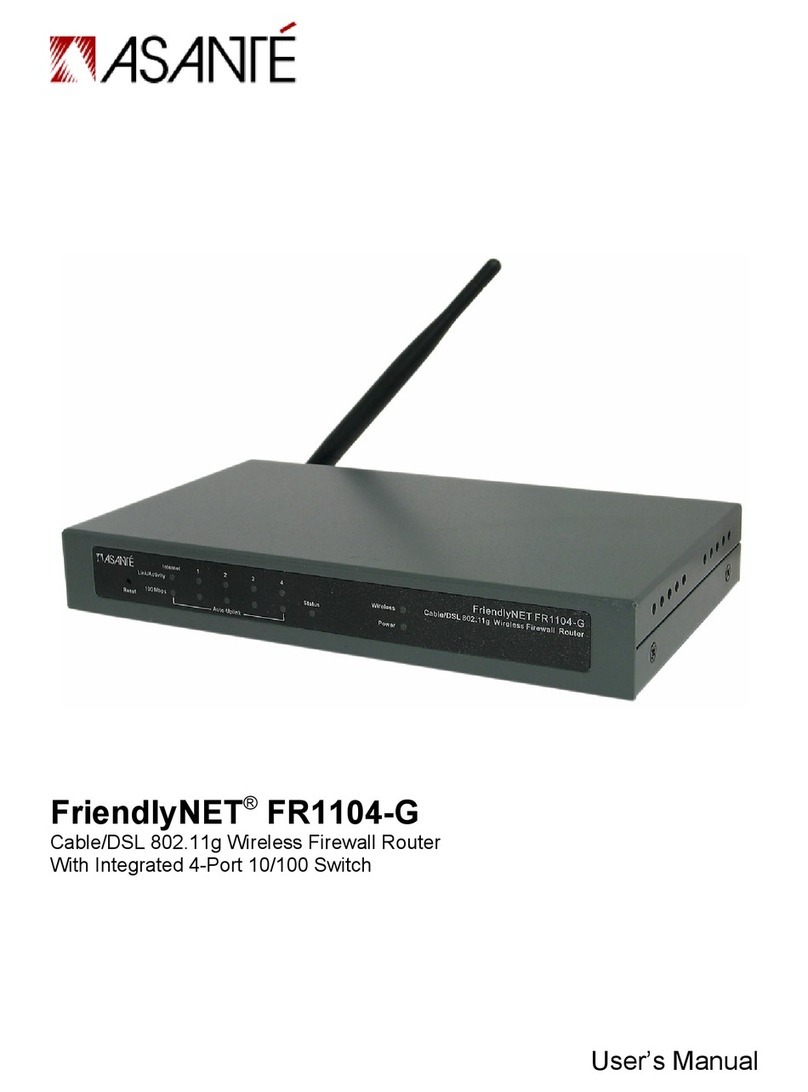
Asante
Asante FriendlyNET FR1104-G User manual
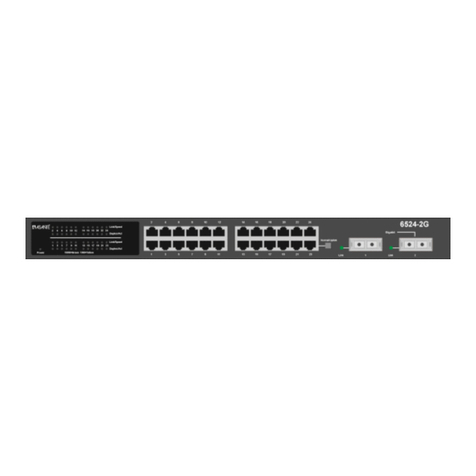
Asante
Asante IntraCore 6524 User manual
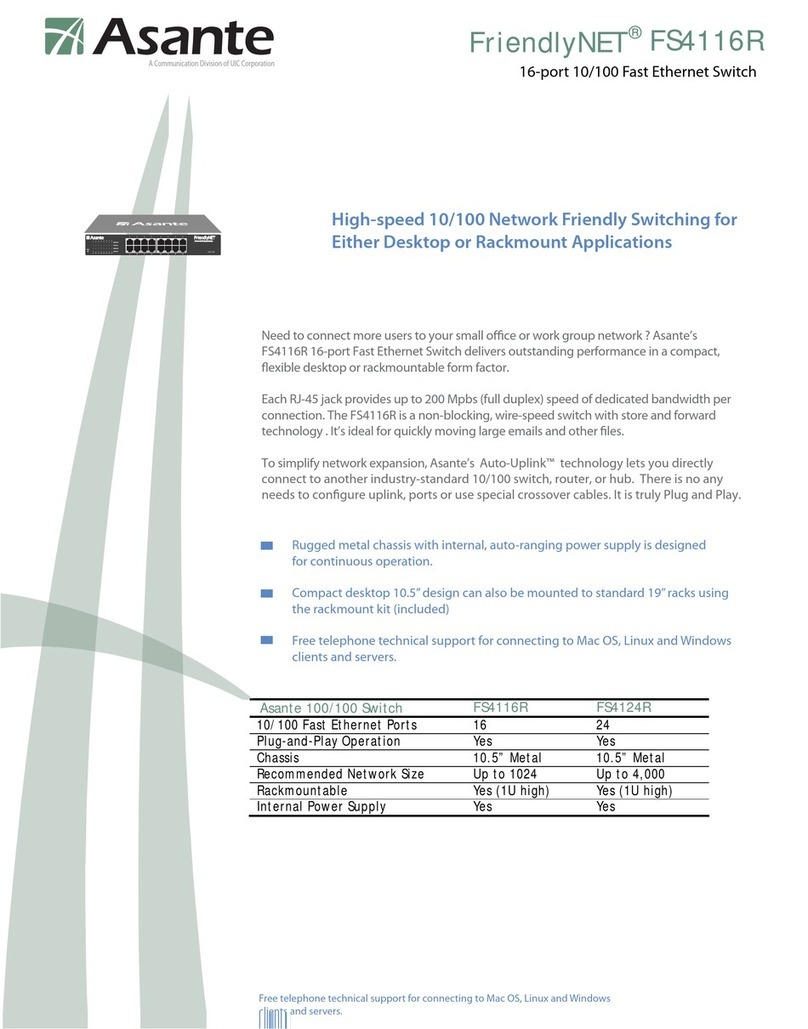
Asante
Asante FriendlyNET FS4116R User manual
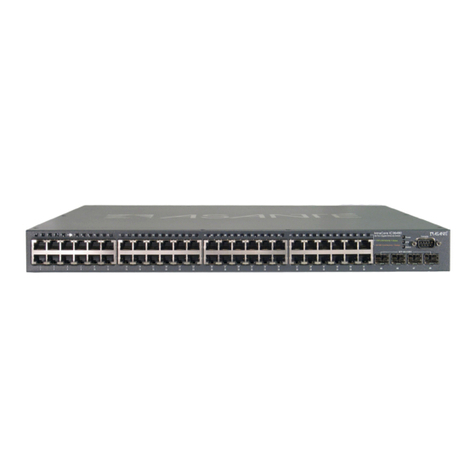
Asante
Asante IntraCore 36480 User manual
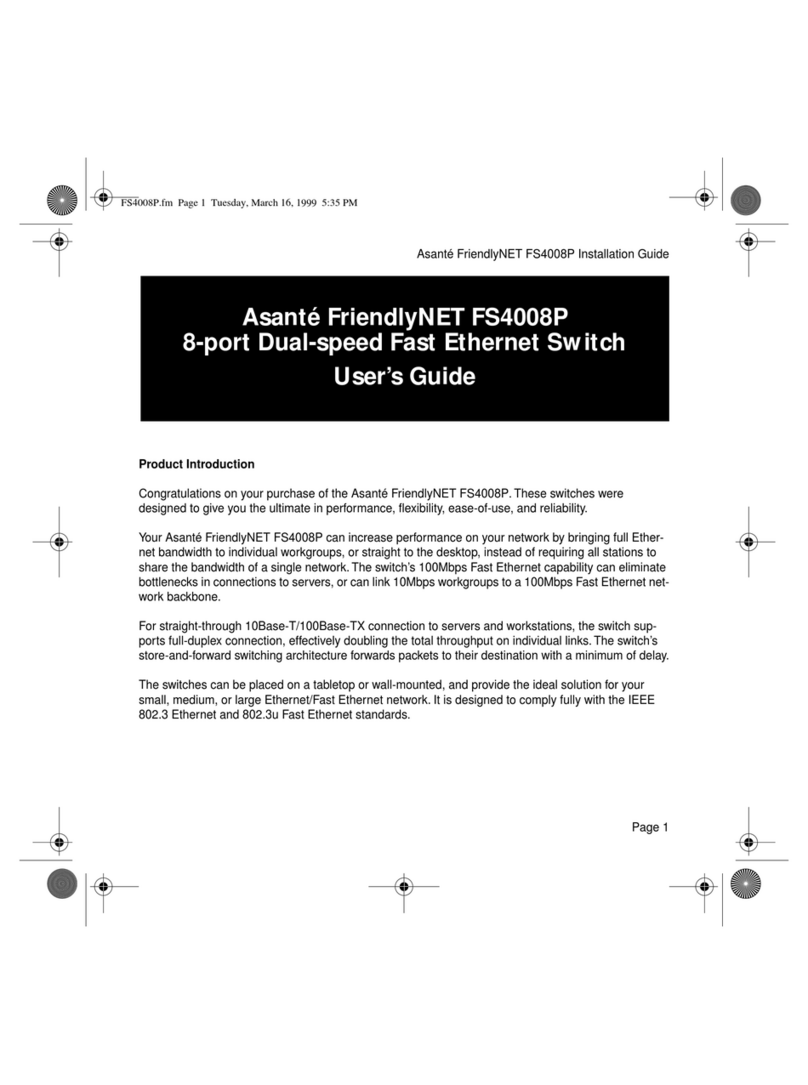
Asante
Asante FriendlyNET FS4008P User manual
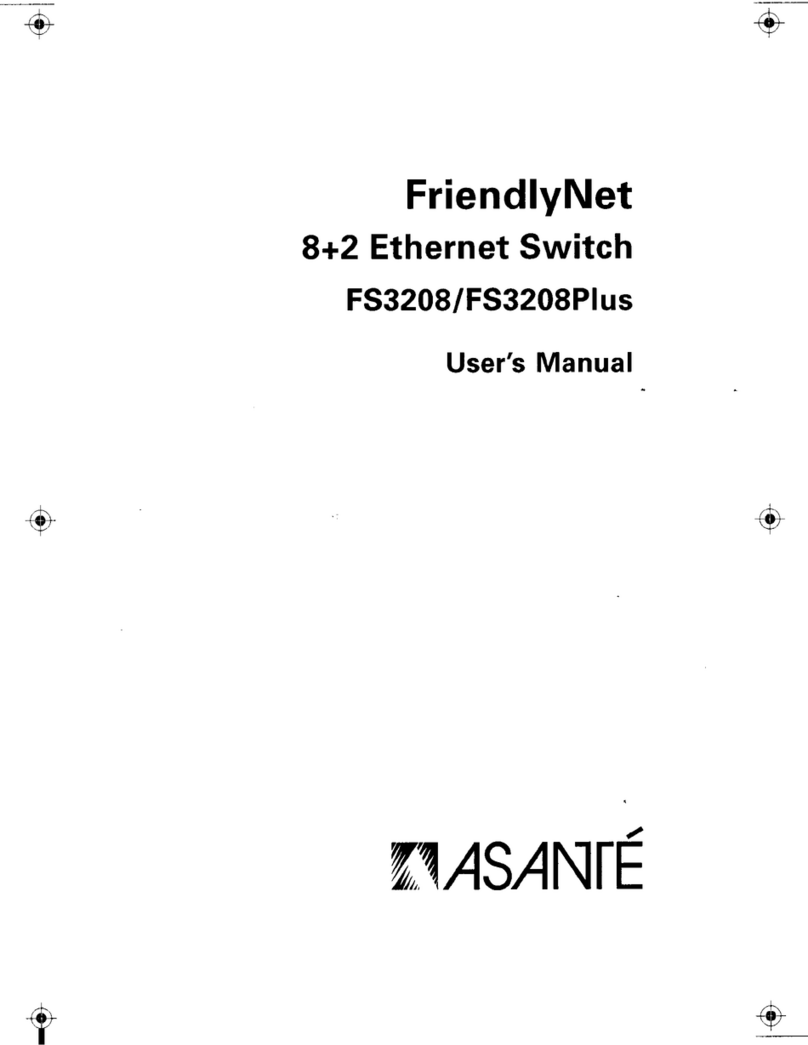
Asante
Asante FriendlyNet FS3208 User manual
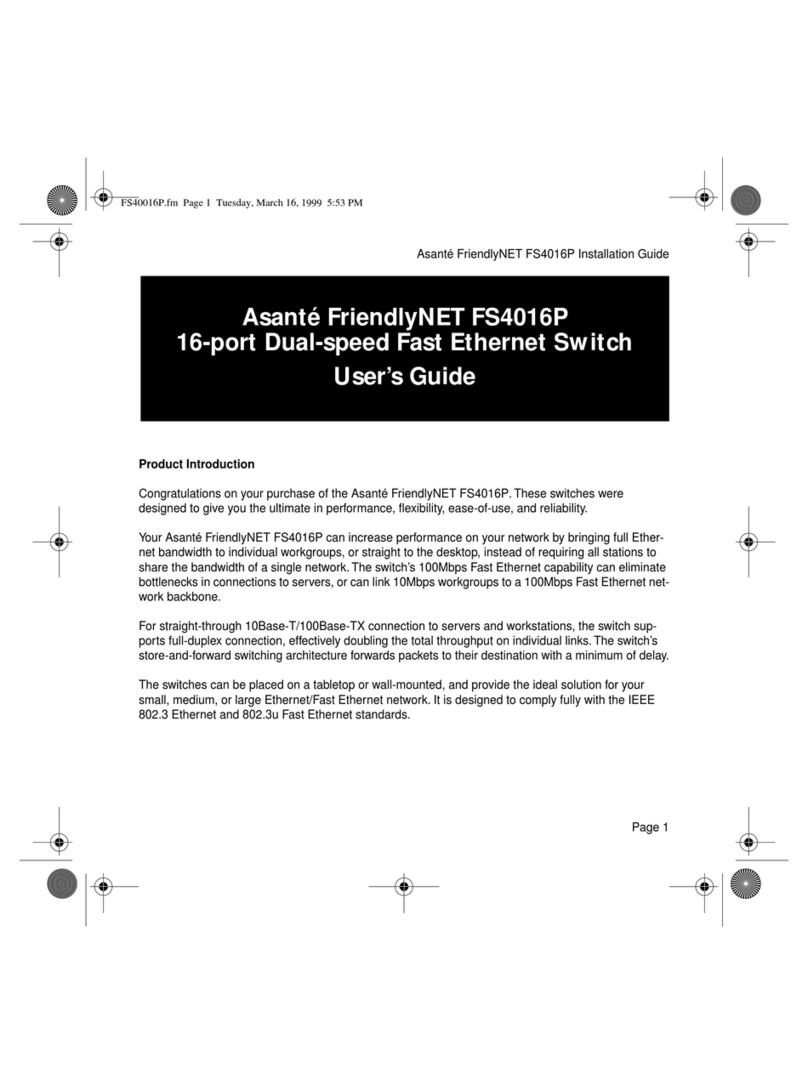
Asante
Asante FriendlyNET FS4016P User manual
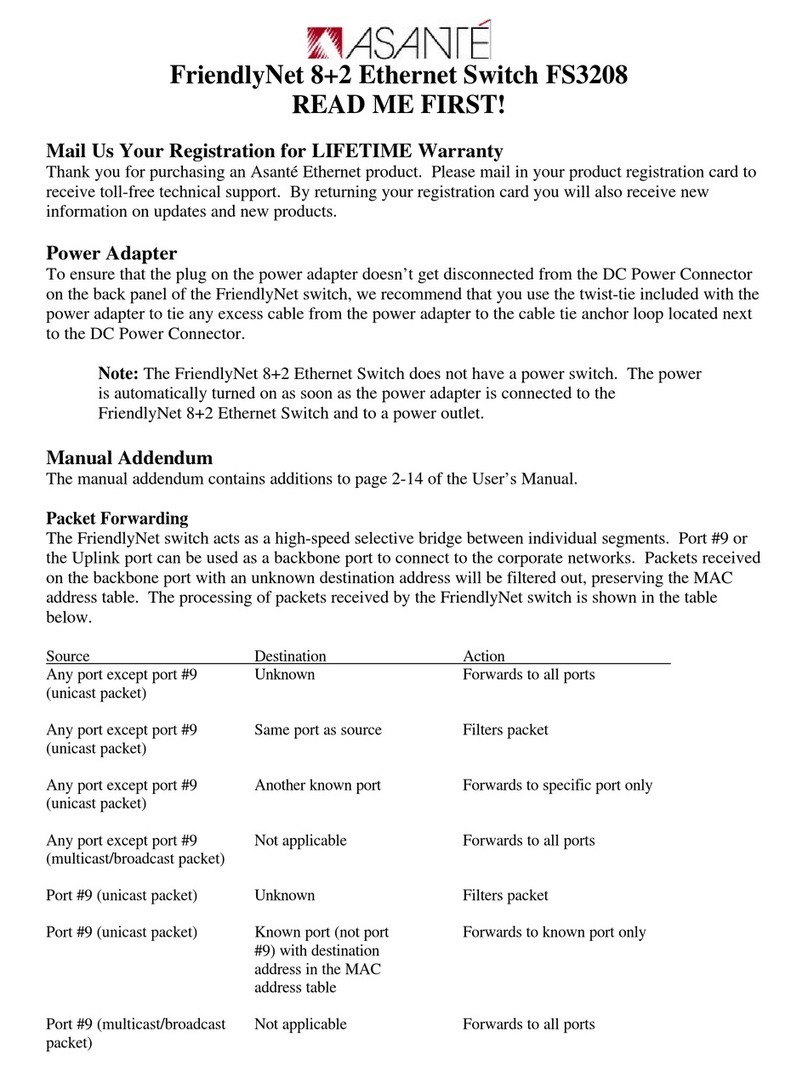
Asante
Asante FriendlyNet FS3208 User manual
Popular Network Router manuals by other brands

TRENDnet
TRENDnet TEW-435BRM - 54MBPS 802.11G Adsl Firewall M Quick installation guide

Siemens
Siemens SIMOTICS CONNECT 400 manual

Alfa Network
Alfa Network ADS-R02 Specifications

Barracuda Networks
Barracuda Networks Link Balancer quick start guide

ZyXEL Communications
ZyXEL Communications ES-2024PWR Support notes

HPE
HPE FlexNetwork 5510 HI Series Openflow configuration guide
